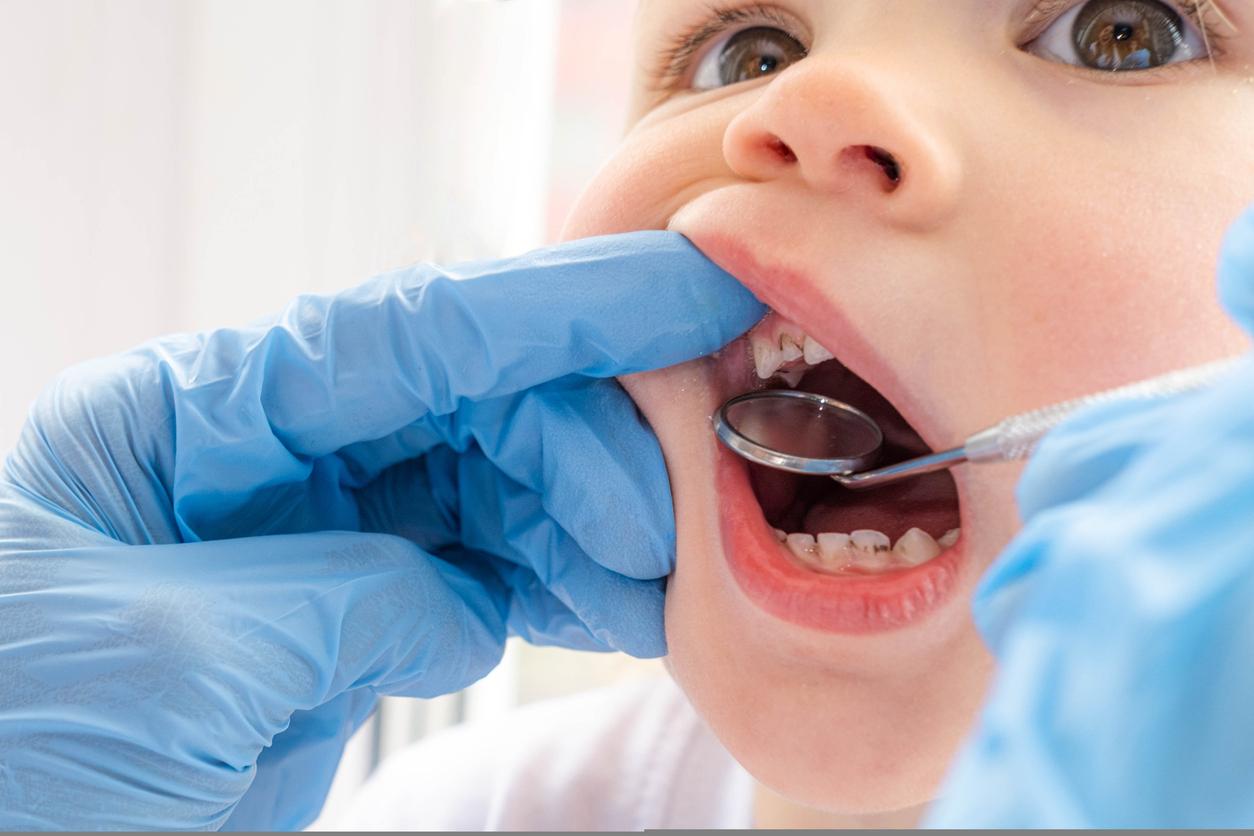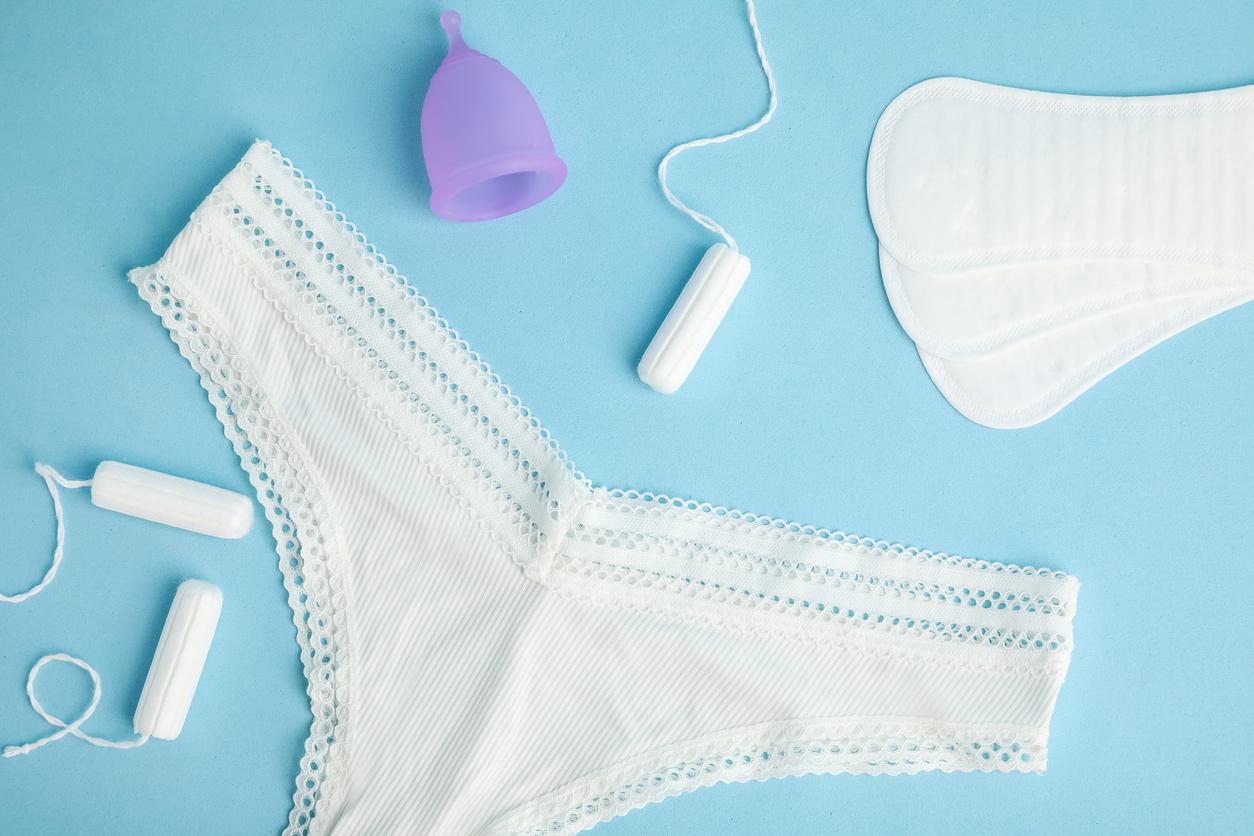According to an INRS report, the application of nail polish is not without risk because it exposes manicurists, and to a lesser extent customers, to many toxic substances.

You must suffer to be beautiful. And put yourself in danger? If we already knew that toothpastes and deodorants were rich in toxic substancesthat the exfoliation of feet by fish were at risk of infection and that many tanning salons did not comply with the standards in force to warn their customers of the potential risks of skin cancer, an INRS report (National Institute for Research and Safety for the Prevention of Workplace Accidents and Occupational Diseases) now incriminates nail salons, which have been increasing in number in France over the past ten years. According to the researchers, applying and removing conventional, semi-permanent varnishes or false nails in gel or resin would expose workers, and to a lesser extent their customers, to particularly toxic substances. They took advantage of the Beauty Forum held at the Palais des Congrès in Paris (Porte Maillot) on October 7 to warn professionals in the sector, made up of 97% women, ¾ of whom are under thirty.
simple paper masks
To reach this conclusion, the researchers participated in a “national expertise”. AFP participated in the investigation and visited three nail salons in Paris. Among them, only one had a vacuum table and all offered only thin paper masks to their employees. “It is imperative to wear cartridge masks, but the beauticians fear that their appearance (the filters have the appearance of big fly eyes) scare the customers”, explains Nicolas Bertrand, expert at INRS.
In the long term, the scientists identified nearly 700 substances in the composition of the products used or in the working atmospheres, including around sixty “very worrying”. Some of them present in the resins, glues, solvents and varnishes used by nail technicians can lead to allergic skin and/or respiratory reactions.
These are the cause of 75% of occupational pathologies diagnosed in this sector. “The most common, allergic contact dermatitis, causes inflammation of the skin which can lead to work stoppage”, notes Sophie Robert, expert in chemical risk advice at INRS. “It’s a very innovative sector, with new techniques such as 3D printing (the client slides her finger, on which a plastic film has been placed, in a 3D printer to print a pattern), you have to constantly measure the effects “, adds Nicolas Bertrand.
Practical sheets for trade fairs
And if the products are indeed governed by European legislation, this would not be “not always as efficient as we would like”. Acrylates may be considered dangerous, but they are still allowed, for example. What’s more, in the nail sector, which is booming in France, many employees work in an unregulated way, more and more working at home, without declaring it. “We are witnessing a ‘”platformization” of the profession, with direct contact between clients and independent professionals”, declares Nicholas Bertrand.
Technical data sheets for trade fairs
This is why, in order to regulate this “grey” practice a little more, the INRS has introduced technical data sheets for the attention of salons for the well-being of employees and customers. These recommend safer products, the use of vacuum tables, good ventilation of the premises, the wearing of gloves and masks with filtration cartridges for the application of acrylic resins and gels (semi-permanent varnishes).
Finally, to help professionals identify and assess the various risks, researchers have developed online software called Oira “Nail Care and Prosthetics”. This “details the risks most frequently encountered in these activities and offers prevention solutions” to “facilitate the work of the company manager who has very little time to devote to prevention”.
In the long term, “the objective is to move the lines with cosmetics manufacturers so that they commit to safer products. They have already mobilized on these subjects, especially since changes in consumer expectations are exerting a form of positive pressure”, concludes Régine Ferrère, president of the CNEP, the National Confederation of Perfumery Aesthetics, which lists 9,000 eyelash/nail beautification companies, or 15,000 employees in France. And remember that customers also run risks, especially when they buy professional products on the Internet to do their own nails.
Preventive messages translated into several languages
In the United States, where this fashion for the nail comes from, the instructions are very strict, in particular concerning the wearing of a mask and the suction table, with messages in several languages for the Asian, Russian and Mexican communities. , which often includes salon employees.
In France, where many beauticians are of Vietnamese and Chinese origin, the INRS now plans to disseminate, via community associations, messages translated into different languages from 2020.
In addition to occupational hazards related to toxic substances, repetitive movements, prolonged and awkward seated working postures and vibrations of tools, used for example for nail polishing, can lead to musculoskeletal disorders (TMS). Finally, most work accidents in this sector are caused by falls (46%) and handling (38%), also reveals the INRS report.
.

















